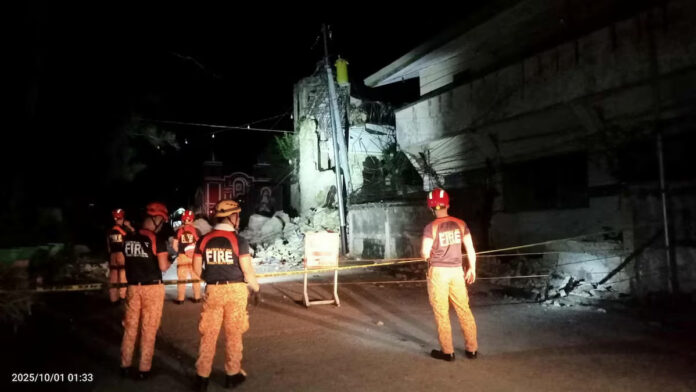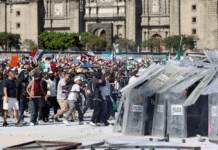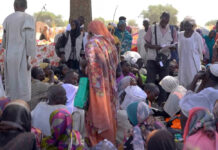
The death toll from a powerful 6.9-magnitude earthquake that struck the central Philippines has risen to 69, disaster officials said Wednesday, as rescue and relief operations continued under difficult conditions.
The shallow quake struck off the coast near Bogo City in northern Cebu province just before 10 p.m. Tuesday, overwhelming hospitals and leaving hundreds of residents scrambling for safety.
More than 150 people were injured, while many others were displaced after homes and buildings collapsed, according to the regional Civil Defense office.
President Ferdinand Marcos Jr. assured survivors of swift government assistance, saying cabinet secretaries were on the ground to oversee relief operations. “We stand with those who lost loved ones and assure everyone affected that help is on the way,” he said.
In San Remigio, one of the hardest-hit towns, local authorities declared a state of calamity to speed up relief efforts. Vice Mayor Alfie Reynes appealed for urgent supplies of food, water, and heavy equipment, saying damaged pipelines had cut off water and widespread blackouts had deepened the crisis.
“It is raining heavily, there is no electricity, and our people badly need help,” he told DZMM radio. Among the victims, Reynes said, were residents who had been playing basketball when a sports complex partially collapsed.
Eyewitnesses described scenes of panic as the ground shook violently. In Pilar town, resident Archel Coraza said his family rushed out of their house in the middle of the night.
“I saw seawater recede after the tremor, which scared us even more,” he said. Videos shared on local media showed people fleeing collapsing structures, including a church more than a century old.
Authorities said the quake’s depth was about 10 kilometers (6.2 miles) and was followed by multiple aftershocks, the strongest measuring magnitude 6. No tsunami threat was reported.
Cebu province, home to 3.4 million people and one of the Philippines’ most popular tourist destinations, sustained significant damage, though Mactan-Cebu International Airport, the country’s second-busiest, remained open.
The Philippines, located in the seismically active Pacific “Ring of Fire,” is frequently hit by earthquakes. The latest disaster follows two major quakes earlier this year and a 6.7-magnitude offshore quake in 2023 that killed eight people.
Source: Reuters
Written By Rodney Mbua


















